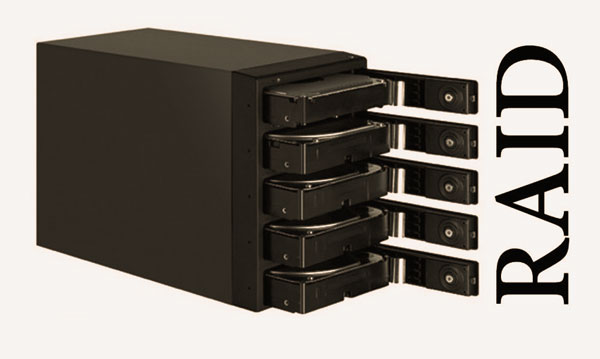
Introduction
Since the introduction of RAID (Redundant Array of Independent Disks), it has revolutionized storage systems and data management. RAID arrays offer large storage capacities and reliable storage systems, making them a popular choice for large organizations. However, it’s important to note that RAID is not foolproof and can still be susceptible to data loss. In this article, we will discuss effective strategies for preventing data loss in RAID systems.
Choose an Appropriate RAID Configuration
One of the key factors in preventing data loss is choosing the right RAID configuration for your specific needs. RAID levels such as RAID 0, 1, 5, 6, and 10 offer different protection mechanisms against data loss. It’s crucial to understand the characteristics and features of each RAID level to make an informed decision. For example, RAID 1 provides mirrored disks, ensuring that a single drive failure won’t result in complete data loss. On the other hand, RAID 5 offers distributed parity for redundancy. By selecting the appropriate RAID configuration, you can minimize the risk of data loss.
Regularly Backup Your Data
While RAID offers data protection, it’s important to remember that RAID is not a backup solution. Having regular backups of your data is essential for comprehensive data protection. In the event of a catastrophic failure or data loss, having a recent backup can be a lifesaver. Ensure that your backups are up-to-date and stored in a secure location or on reliable backup devices. This practice ensures that even if your RAID system fails, you can restore your data quickly and easily.
Monitor and Replace Faulty Hard Drives
One of the leading causes of data loss in RAID systems is the failure of individual hard drives. Regularly monitoring and checking the health of your hard drives is crucial to prevent data loss. Implement a proactive approach by monitoring the SMART (Self-Monitoring, Analysis, and Reporting Technology) status of your hard drives. If you detect any signs of impending failure, such as increased error rates or excessive bad sectors, promptly replace the faulty drive. Waiting too long to replace a failing drive can lead to data loss or even corruption of your RAID array.
Avoid DIY Recovery Methods
When faced with a RAID failure, it’s tempting to try DIY recovery methods or rely on recovery software found on the internet. However, it’s important to exercise caution when attempting to recover data from a RAID system. Each RAID failure is unique, and using generic DIY methods or recovery software can potentially worsen the situation and lead to further data loss or corruption. It’s always recommended to seek the assistance of RAID data recovery experts who have the knowledge and expertise to handle complex recovery scenarios. Their professional guidance can help ensure a higher chance of successful data recovery.
Implement Antivirus and Malware Protection
Protecting your RAID system from viruses and malware is another crucial step in preventing data loss. Viruses and malware can cause logical errors or file system corruption in your RAID array, rendering it inaccessible or potentially leading to data loss. To safeguard your RAID system, install reliable antivirus software and enable regular scans to detect and eliminate any potential threats. Keeping your antivirus software up to date is important to safeguard against new and emerging threats that can compromise your RAID data.
Conclusion
Preventing data loss in RAID systems requires proactive measures and a comprehensive approach. By selecting an appropriate RAID configuration, regularly backing up your data, monitoring and replacing faulty hard drives, avoiding DIY recovery methods, and implementing antivirus and malware protection, you can significantly reduce the risk of data loss in your RAID system. However, in the event of a RAID failure or data loss, it’s crucial to contact RAID data recovery experts who can provide professional assistance and maximize the chances of successfully recovering your valuable data.
Remember, RAID is a powerful storage solution, but it’s not invincible. By implementing these effective strategies and seeking the expertise of RAID data recovery professionals when needed, you can ensure the safety and integrity of your data stored in RAID systems.